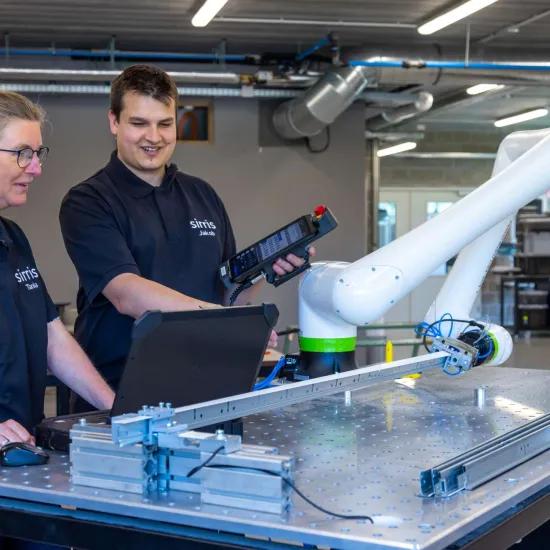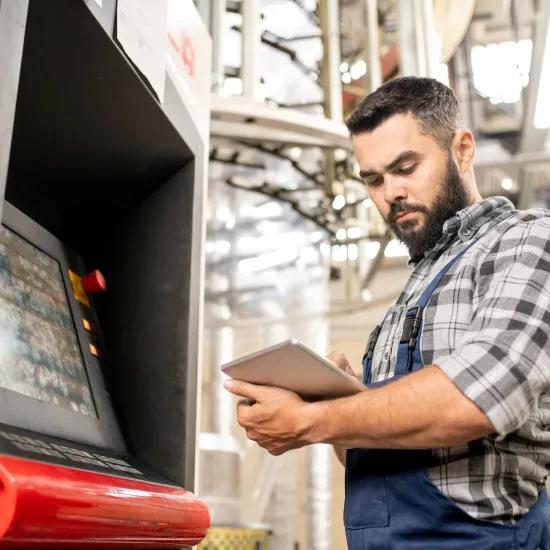Surface treatment of materials has been LGTB Metal Finishing N.V.'s field of expertise for over 50 years. To maintain the quality of the services and total solutions it offers, the company has decided to digitise their production process.
LGTB in Kuringen offers both services and total solutions in the field of surface treatments. It processes parts of different materials, sizes, etc. The company attaches great importance to customer satisfaction and is regarded as a reliable partner who responds very flexibly to customer requests. To continue to offer this level of service, LGTB aims at constant innovation.
Digitisation of quality control
Sirris guided LGTB through the digitisation of its production. The finishing of workpieces is played out over several steps. After this stage, the workpieces are returned to the operators, who subject them to thorough quality control. Until recently, the operators took note of all the quality data required on paper, making further processing cumbersome and time-consuming. Digitisation of these steps was an obvious choice. The aim was to achieve the digital input of quality data, directly at the production lines.
However, several specific parameters needed to be taken into account. As the environment at LGTB is highly corrosive, it was decided to input the data using an industrial PC with no active cooling, built into fully sealed housing. A resistive touchscreen was selected as the input device. This set-up enables the operators to input the data directly at the production line, even when wearing safety gloves, using a web-based input screen specially developed for this application. The Proof of Concept (PoC) was implemented on a single workstation but, if successful, can quickly and easily be extended to multiple workstations.
The PoC is only a first step towards further optimisation. The main objective was to evaluate the feasibility and to find out to what extent the operators consider these tools to be of support, and to what extent they result in the optimisation of production. The operators who worked with this tool were of course required to adapt, but soon became enthusiastic and made suggestions for improvements.
The entire process – from data input to receipt by the right people for processing – has been significantly simplified and has potential for expansion in the future. LGTB is now exploring how to extend this working method to multiple workstations and operators.



